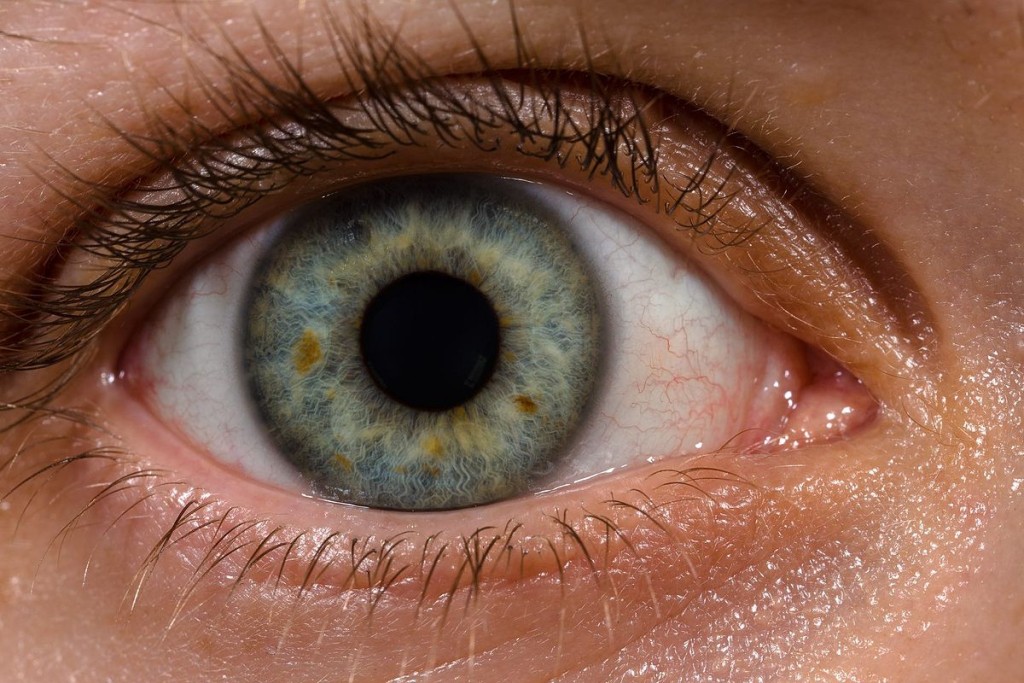
Vision problems can significantly hamper a person. There are many ways in which a person’s sight can be impaired but there is a strong level of understanding of these conditions and many solutions are available.
The most common vision problems are:
- Myopia: Near-sightedness, where far away objects appear blurry.
- Hyperopia: Far-sightedness, where far away objects seem clearer than nearer objects.
- Astigmatism: A condition which leaves images appearing blurry and stretched out.
- Presbyopia: A condition where close up objects are difficult to see.
Presbyopia is a condition that is largely related to age, and is most common in people over the age of 35. When the eye ages, the lens is not as flexible as it used to be, leaving it unable to alter shape, which means objects which are close to the eye cannot be viewed clearly.
All of these conditions are classed as refractive conditions. Refraction is the term given to the bending of light as it moves through an object to another object. There is evidence that suggests that eye conditions are hereditary. An individual who has parents that suffer from refractive errors will be more likely to suffer from at least one refractive error.
Vision problems can affect people in many ways, depending on the severity of the condition and the nature of the individual. Some conditions can be easily and quickly treated without causing too much impact. Some conditions can have a heavier impact on a person’s ability to see, and this may also affect their confidence and personality.
Some of the most common eye diseases are:
- Acute red eye
- Cataracts
- Macular degeneration
- Glaucoma
- Graves’ disease
- Optic neuropathy
- Strabismus
- Retinal detachment
- Low vision
While age is a condition in many diseases of the eye, other aspects can cause the eye to be damaged or diseased. Inflamed optic nerves, dwelling of the eye muscles or a collection of fluid can all have an impact on the health of an eye.
Cures for eye diseases and conditions
There are a number of cures for eye diseases and conditions relating to the eye. The correct cure for an individual depends on the severity of their condition, their age and what solution they can afford.
Eyeglasses or contact lenses
Sometimes the simplest treatment for eye conditions is prescribing suitable glasses or contact lenses. These solutions correct the sight problem experienced by the individual, allowing them to see properly.
Laser eye treatment
With regard to ailments like cataracts or conditions that lead to myopia, a recommended short-sightedness cure is laser eye treatment. This is a fast, effective and allows people to regain full vision with a minimum of fuss and time.
Eye surgery
While laser eye treatment is a common form of eye surgery, there are many other forms of eye surgery available. A skilled ophthalmologist will be able to recommend and carry out the most effective form of eye surgery for an individual.
In addition to laser eye treatment, notable types of eye surgery include:
- Canaloplasty
- Corneal surgery
- Eye muscle surgery
- Glaucoma surgery
- Oculoplastic surgery
- Refractive surgery
- Vitreoretinal surgery
When diagnosed early enough, there are usually a range of solutions that can make coping with vision problems easier. These can help people lead a normal life.